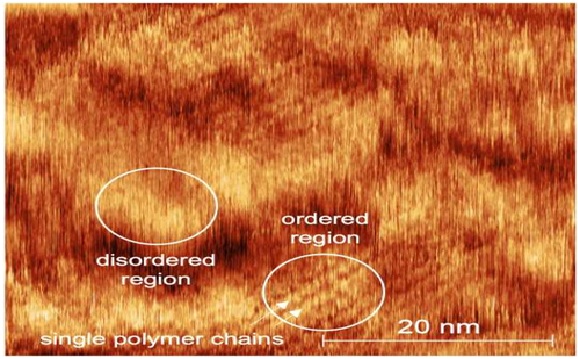Concrete Urban Buildings, Neighbourhoods can Heat up Microclimates in Cities
During sizzling months, city areas with concentrated concrete buildings, pavements and surfaces can expertise excessive temperatures. Much of it’s as a result of warmth island impact that will get aggravated as a result of fashionable city designs and strategies. These buildings entice and retain warmth, and later emit them, inflicting neighbourhoods to achieve extraordinarily excessive temperatures as in comparison with metropolis outskirts. Recently, a analysis group has developed a way of modelling city constructing power that takes into consideration warmth waves and the way human-caused parameters worsen it. It research the heating sample of city cities throughout city-wide warmth waves. [1]

Figure 1. Concrete Urban Buildings, Neighbourhoods can Heat up Microclimates in Cities
Figure 1 shows during the research, these parameters of the buildings were kept in mind — building type, urban microclimate, and large-scale climate conditions. Researchers have studied the magnitude and distribution of these heating effects and noticed that heat emitted from buildings to the urban environment increases by 20 percent during a heatwave. Most of this emitted heat is waste from air conditioning. AC discharges contribute to almost 86.5 percent of the total waste heat being dissipated in the surrounding urban environment. [2]
To simulate the energy flows in an urban setting, researchers mapped urban environmental data from the mesoscale Weather Research and Forecasting (WRF) model and the Urban Canopy Model (UCM). [2]
Meanwhile, the rise in microclimate temperatures requires more heating and cooling energy inside the buildings. The microclimate depends on several factors like heat exchange between neighbouring buildings, heat transfer by wind flow, the temperature of city infrastructure, local weather, the heat from direct and reflected sunlight, ground temperature, and other urban heat island effects.
Researchers studied local and regional meteorology within a two-way-coupled mesoscale weather model. This study evaluates potential changes to building energy demands using global climate projections, combining the effects of population shifts and urbanisation. [3]
References:
- https://180gadgets.com/concrete-urban-buildings-neighbourhoods-can-heat-up-microclimates-in-cities-heres-how/
- https://hindi.finax.in/concrete-urban-buildings-neighborhoods-can-heat-up-microclimates-in-cities-heres-how/
- https://gadgets360.com/science/news/urban-buildings-neighbourhoods-heat-up-cities-microclimates-3032221
Cite this article:
Thanusri swetha J (2022), Concrete Urban Buildings, Neighbourhoods can Heat up Microclimates in Cities, AnaTechMaz, pp.140















